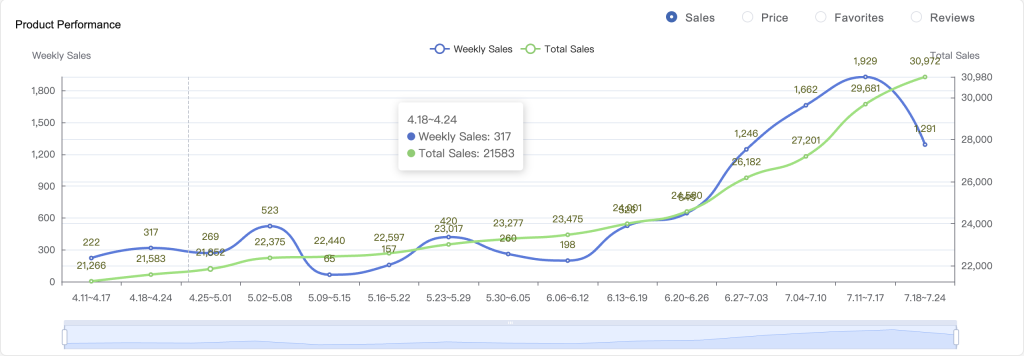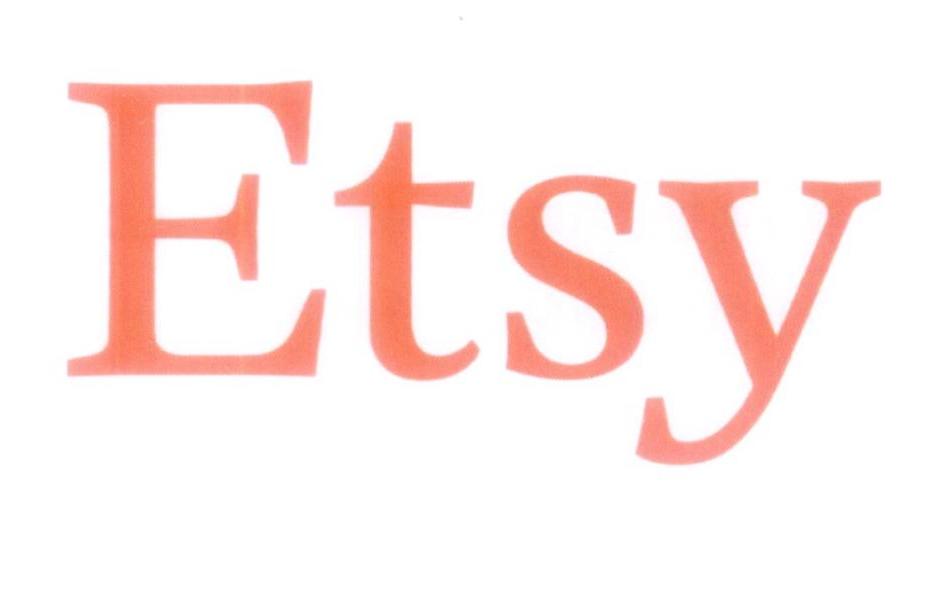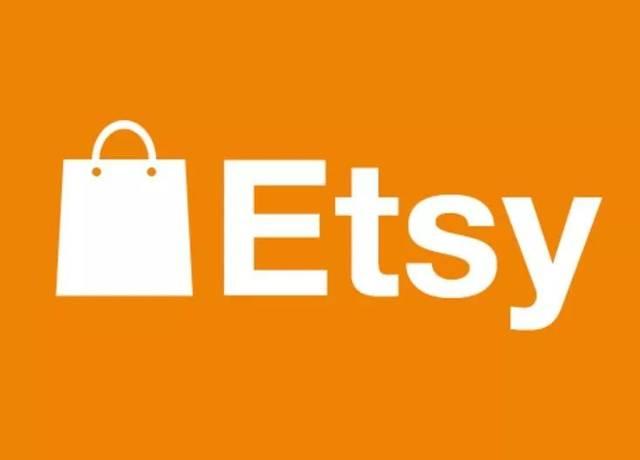How to Increase Your ETSY Shop Traffic and Sales with SEO and Promotion Strategies
ETSY is an e-commerce platform that focuses on handmade, independent, and creative products, with over 60 million products and 40 million buyers. If you are an ETSY seller, you may wonder how to stand out in this competitive market, attract more target customers, and increase your shop’s traffic and sales.
SEO (Search Engine Optimization) is a method of improving your shop and product pages’ content and structure, to increase your ranking and visibility in ETSY’s internal search and external search (such as Google, Bing, etc.). SEO can help you increase your brand awareness, expand your potential customer base, improve your conversion rate and revenue.
Promotion strategies are methods of using different channels and tools to actively show your shop and products to your target customers, to increase your exposure and appeal. Promotion strategies can help you build your brand image, enhance your customer loyalty, increase your repeat purchase rate and word-of-mouth.
In this blog post, we will introduce some practical and effective SEO and promotion strategies for your ETSY shop, such as keyword research, titles and tags, descriptions and attributes, images and videos, links and social media, ads and coupons, analytics and optimization. We will analyze the following aspects:
● Keyword research
● Titles and tags
● Descriptions and attributes
● Images and videos
● Links and social media
● Ads and coupons
● Analytics and optimization
Keyword research
Keywords are words or phrases that users enter in search engines, to describe what they want to find. Keyword research is the process of using different tools and methods, such as ETSY SEO tool or ETSY SEO keywords tool, to find out the keywords that your target customers are most likely to use, and optimize your shop and product pages based on them.
Keyword research can help you:
● Understand your target market and competitors
● Discover your products’ strengths and features
● Determine your products’ positioning and selling points
● Choose suitable and effective keywords for ETSY SEO
The steps of keyword research include:
● List the topics or categories related to your products
● Use ETSY’s search box or other tools (such as SEMRush, Marmalead, etc.) to generate relevant keyword suggestions for ETSY SEO
● Analyze each keyword’s search volume, competition level, click-through rate, etc.
● Choose the keywords that match your products’ characteristics and have high search volume, low competition level, and high click-through rate for ETSY SEO
● Combine different types (such as generic, long-tail, brand, location, etc.) and positions (such as titles, tags, descriptions, etc.) of keywords for ETSY SEO

Titles and tags
Titles are the names that you give to each product, which are the first elements that users see and click on in the search results. Tags are the keywords that you add to each product, which are important factors that ETSY’s search engine uses to judge your products’ match with users’ search intent.
Titles and tags can help you:
● Improve your products’ ranking and visibility in ETSY’s internal search for ETSY SEO
● Improve your products’ ranking and visibility in external search for SEO ETSY
● Improve your products’ click-through rate and conversion rate
● Improve your products’ relevance and professionalism
The optimization methods of titles and tags include:
● Use the keywords that you chose in keyword research for ETSY SEO
● Use clear, concise, attractive, and selling-point-included language
● Use commas or dashes to separate different keywords or phrases for ETSY SEO
● Use 13 tags, each tag not exceeding 20 characters for ETSY SEO
● Avoid using duplicate, irrelevant, or too generic keywords for ETSY SEO

Descriptions and attributes
Descriptions are the texts that you write for each product, to introduce your products’ details, features, advantages, usage methods, etc. Attributes are the options that you select or fill in for each product, to describe your products’ categories, colors, sizes, materials, etc.
Descriptions and attributes can help you:
● Improve your products’ ranking and visibility in ETSY’s internal search for ETSY SEO
● Improve your products’ ranking and visibility in external search for SEO ETSY
● Improve your products’ conversion rate and review rate
● Improve your products’ quality and trustworthiness
The optimization methods of descriptions and attributes include:
● Use the keywords that you chose in keyword research for ETSY SEO
● Use friendly, professional, persuasive, and selling-point-included language
● Use paragraphs, lists, headings, etc. to organize your content for ETSY SEO
● Use all available attributes, and fill in as accurate and complete as possible for ETSY SEO
● Avoid using too exaggerated, vague, or untrue information for ETSY SEO

Images and videos
Images are the photos that you upload for each product, to show your products’ appearance, details, style, etc. Videos are the short clips that you upload for each product, to show your products’ functions, usage effects, production process, etc.
Images and videos can help you:
● Improve your products’ ranking and visibility in ETSY’s internal search for ETSY SEO
● Improve your products’ ranking and visibility in external search for SEO ETSY
● Improve your products’ click-through rate and conversion rate
● Improve your products’ aesthetics and appeal
The optimization methods of images and videos include:
● Use high-quality, clear, representative, and ETSY-compliant (such as size, format, etc.) images and videos for ETSY SEO
● Use different angles, backgrounds, lights, etc. to shoot or record your images and videos for ETSY SEO
● Use 10 images (including one video) to show different aspects of your products for ETSY SEO
● Use texts or icons to mark or highlight your products’ features or selling points for ETSY SEO
● Avoid using too complicated, blurry, irrelevant, infringing, or violating (such as pornography, violence, etc.) images and videos for ETSY SEO

Links and social media
Links are the URLs that you add or generate (such as QR codes) for each product, to guide users from other platforms (such as websites, blogs, emails, etc.) to visit your shop or product pages. Social media are the platforms that you use (such as Facebook, Instagram, Pinterest, etc.) to share or promote your shop or products.
Links and social media can help you:
● Increase your shop or product pages’ ranking and visibility in external search (such as Google) for SEO ETSY
● Increase your shop or product pages’ traffic and sales from other platforms (such as websites, blogs, emails, etc.) for ETSY SEO
● Increase your shop or products’ exposure and appeal for ETSY SEO
● Increase your shop or products’ social proof and trustworthiness for ETSY SEO
● Increase your shop or products’ word-of-mouth and referral for ETSY SEO
The optimization methods of links and social media include:
● Use the keywords that you chose in keyword research for ETSY SEO
● Use short, meaningful, and selling-point-included language for ETSY SEO
● Use ETSY’s built-in sharing feature or other tools (such as Bitly, etc.) to generate or shorten your links for ETSY SEO
● Use different platforms (such as websites, blogs, emails, etc.) to post or send your links for ETSY SEO
● Use different platforms (such as Facebook, Instagram, Pinterest, etc.) to share or promote your shop or products for ETSY SEO
● Use high-quality, attractive, and platform-compliant (such as size, format, etc.) images and videos for ETSY SEO
● Use texts or icons to mark or highlight your shop or products’ features or selling points for ETSY SEO
● Use hashtags, geotags, user tags, etc. to increase your shop or products’ relevance and interaction for ETSY SEO
● Avoid using too frequent, repetitive, irrelevant, infringing, or violating (such as pornography, violence, etc.) links and social media for ETSY SEO

Ads and coupons
Ads are the paid displays that you use ETSY’s built-in ad feature (such as ETSY Ads, Offsite Ads, etc.) or other platforms (such as Google Ads, Facebook Ads, etc.) to show your shop or products to your target customers. Coupons are the discounts or gifts that you offer to your customers, to motivate them to buy your products.
Ads and coupons can help you:
● Increase your shop or products’ ranking and visibility in ETSY’s internal search and external search for ETSY SEO
● Increase your shop or products’ traffic and sales for ETSY SEO
● Increase your shop or products’ competitiveness and value perception for ETSY SEO
● Increase your shop or products’ repeat purchase rate and loyalty for ETSY SEO
The optimization methods of ads and coupons include:
● Use the keywords that you chose in keyword research for ETSY SEO
● Use clear, concise, attractive, and selling-point-included language for ETSY SEO
● Use high-quality, attractive, and platform-compliant (such as size, format, etc.) images and videos for ETSY SEO
● Use texts or icons to mark or highlight your shop or products’ features or selling points for ETSY SEO
● Use reasonable, effective, and ETSY-compliant (such as amount, time, etc.) ad budget and coupon conditions for ETSY SEO
● Use different types (such as pay-per-click, pay-per-impression, etc.) and positions (such as search results, category pages, etc.) of ads for ETSY SEO
● Use different types (such as percentage discount, fixed amount discount, free shipping, etc.) and conditions (such as minimum purchase amount, minimum purchase quantity, etc.) of coupons for ETSY SEO
● Avoid using too low, high, or unreasonable or violating (such as fraud, misleading, etc.) ads and coupons for ETSY SEO

Analytics and optimization
Analytics are the data and metrics that you collect and view using ETSY’s built-in analytics feature (such as ETSY Stats, ETSY Shop Manager, etc.) or other tools (such as Google Analytics, ETSY Rank, etc.). Optimization are the adjustments and improvements that you make to your shop or products based on your analytics results, to improve your performance and goals.
Analytics and optimization can help you:
● Understand your shop or products’ performance and trends for ETSY SEO
● Understand your customers’ behavior and needs for ETSY SEO
● Understand your competitors’ strategies and advantages for ETSY SEO
● Understand your strengths and weaknesses for ETSY SEO
● Understand your opportunities and threats for ETSY SEO
● Understand your goals and plans for ETSY SEO
The methods of analytics and optimization include:
● Use ETSY’s built-in analytics feature (such as ETSY Stats, ETSY Shop Manager, etc.) or other tools (such as Google Analytics, ETSY Rank, etc.) to collect and view your shop or products’ data and metrics for ETSY SEO
● Use different types (such as traffic, sales, conversion rate, reviews, etc.) and dimensions (such as time, location, device, source, etc.) of data and metrics for ETSY SEO
● Use charts, tables, dashboards, etc. to display and analyze your data and metrics for ETSY SEO
● Use comparison, contrast, test, etc. to evaluate and verify your data and metrics for ETSY SEO
● Use adjustment, improvement, innovation, etc. to optimize and improve your data and metrics for ETSY SEO
● Avoid using too complicated, vague, inaccurate, irrelevant, outdated or violating (such as fake, tampered, etc.) data and metrics for ETSY SEO

Conclusion
ETSY is a platform full of opportunities and challenges, if you want to succeed on this platform, you need to master and apply some practical and effective SEO and promotion strategies for your ETSY shop, to help you increase your shop or products’ traffic and sales. In this blog post, we introduced the following aspects of SEO and promotion strategies for ETSY SEO:
● Keyword research
● Titles and tags
● Descriptions and attributes
● Images and videos
● Links and social media
● Ads and coupons
● Analytics and optimization
We hope these strategies can help you, and we also welcome you to share your own experience and suggestions in the comment section.




